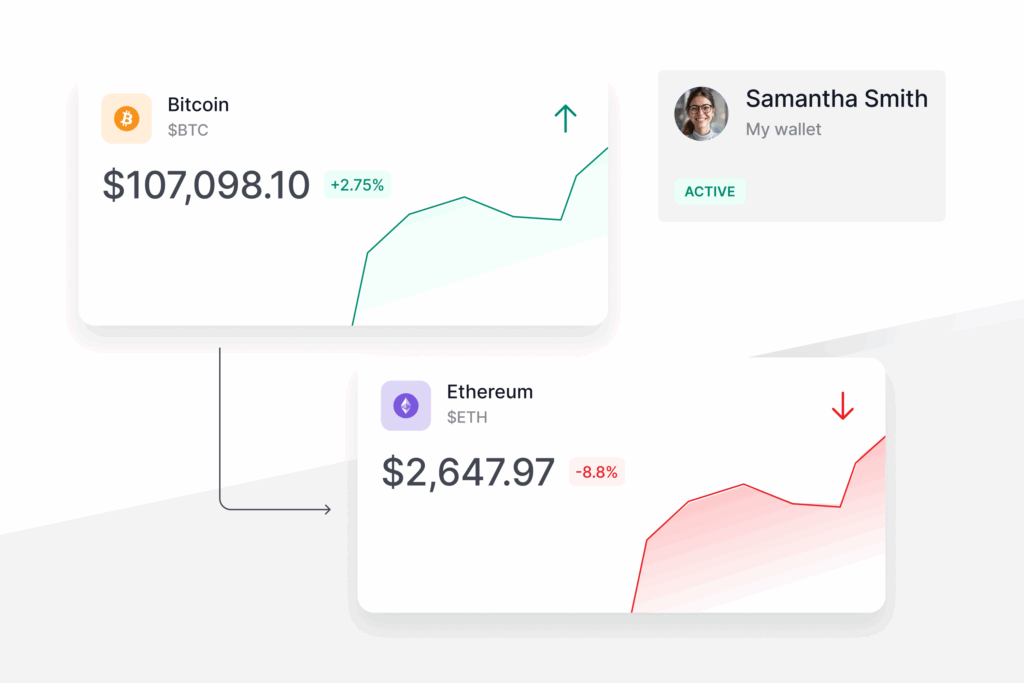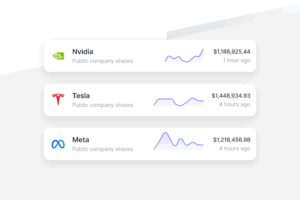
FEATURED ARTICLE
Tax Planning for Realized Gains and Ordinary Income
Tax planning strategies for realized gains and ordinary income

Tax planning strategies for realized gains and ordinary income


Article highlights:
Qualified Small Business Stock offers significant tax benefits for shareholders with stock in eligible small businesses. By understanding the QSBS exemption and employing strategies like QSBS packing, shareholders can increase their asset basis and save on taxes. In this guide, we will explain QSBS packing, the QSBS exemption and various ways to “pack” QSBS investments to maximize tax savings.
QSBS refers to stocks issued by certain small C corporations that qualify for special tax breaks under Section 1202 of the Internal Revenue Code. To be considered a Qualified Small Business, or “QSB,” a company must (a) have gross assets not exceeding $50 million before and immediately after the stock issuance and (b) avoid certain business sectors that are explicitly excluded, like consulting, law, accounting, and other service businesses.
The QSBS exemption allows shareholders to exclude a portion or all of the capital gains from the sale of QSBS from federal income tax, provided certain criteria are met:
Confused about your tax-saving options? Schedule a call with us today, and we’ll guide you through every step!
QSBS packing is a strategic approach that some shareholders use to increase the basis of their QSBS shares and maximize their QSBS exemption. While most people think that the QSBS exclusion applies to $10 million of capital gain, it actually applies to the greater of (1) $10 million of capital gain and (2) 10 times the shareholder’s basis in the stock. This second piece is key. For example, if you invested $3,000,000 in a QSBS eligible asset, you could potentially exclude up to $30 million (10 x $3,000,000) in capital gains from federal tax (and state tax in most cases). As of July 4, 2025 – when the One Big Beautiful Bill Act (OBBBA) was signed – any QSBS issued after that date enjoys a higher exclusion cap. QSBS issued on or before July 4, 2025 is still capped at $10 million (or 10× your investment basis). Beginning after July 4, 2025, the cap increases to $15 million (or 10× basis, whichever is greater). This benefit is available federally and in most states.
These limits apply on a per-company basis, so you can potentially claim QSBS exclusions for multiple companies, with separate limits for each company.
There are two primary methods for QSBS packing. The first method involves contributing cash or property worth more than $1 million to the issuing corporation in exchange for QSBS shares. How does this work?
Step 1: An investor invests $4 million of cash in a C corporation.
Step 2: The investor’s basis for the exclusion calculation is determined by referencing the fair market value of the assets contributed, which is $4 million.
Step 3: The increased basis of $4 million allows the investor to exclude up to $40 million (10 x $4 million) of gains from federal tax.
The second method involves selling QSBS stock with a low basis (or grant price) during the same tax year the shareholder sells another batch of the same stock with a high basis. The goal is to increase the total basis of QSBS sold during the taxable year, as the exclusion calculation is determined by reference to the total basis of QSBS stock sold during the year regardless of whether each grant is currently eligible for exclusion under Section 1202. How does this work?
Step 1: A founder sells half of their stock for $40 million that has a basis of $5,000 and would only be able to exclude $10 million with QSBS.
Step 2: The founder sells another grant of the same stock with a high basis during the same tax year, such as from the exercise of stock options where they paid $2 million for the stock.
Step 3: The total basis of QSBS sold during the year is now $2.005 million ($5,000 original basis + $2 million from stock options).
Step 4: The increased total basis of $2.005 million allows the founder to exclude up to $20,050,000 of gains from federal tax.
By using this strategy, the shareholder can effectively double his or her Section 1202 exclusion by packing their basis, taking advantage of the exclusion rather than just the $10 (or $15) million exclusion.
QSBS packing is a powerful strategy for shareholders seeking to maximize their tax savings when investing in small businesses. By understanding the QSBS exemption and employing QSBS packing methods, shareholders can increase their basis in the assets and benefit from substantial tax savings. It is essential to consult with a qualified tax professional when implementing these strategies to ensure compliance with tax laws and regulations. The step-by-step examples provided above illustrate how QSBS packing works in practice, helping shareholders make informed decisions about their investments and tax planning.
We’ve built a platform that makes advanced tax planning – once reserved for ultra-high-net-worth individuals – accessible to everyone. With Valur, you can reduce your taxes by six figures or more, at less than half the cost of traditional providers.
From selecting the right strategy to handling setup, administration, and ongoing optimization, we take care of the hard work so you don’t have to. The results speak for themselves: our customers have generated over $3 billion in additional wealth through our platform.
Want to see what Valur can do for you or your clients? Explore our Learning Center, use our online calculators to estimate your potential savings or schedule a time to chat with us today!